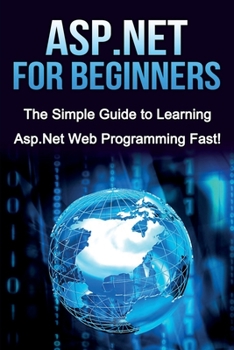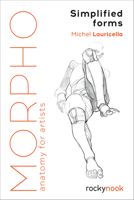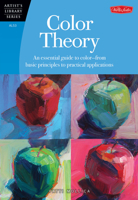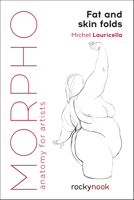ASP.NET For Beginners: The Simple Guide to Learning ASP.NET Web Programming Fast!
Select Format
Select Condition 
Book Overview
ASP.NET
Are you ready to dive into the exciting world of Asp.Net? If so, finding a guide that is easy to understand is essential. You're in luck. This is exactly what you will find with this book. Here you can learn what the programming language is and why it is so effective. You will also learn important elements of getting started using it.
Creating a great looking website does not have to be an unreachable goal. When you take the time to learn about asp.Net and the potential it has, you will see that creating a website for your business is an obtainable and affordable goal.
Take your time, get to know the system and you will find that creating a website is something that is not only doable, but that can also be quite fun
This book takes you through the proper steps and information to ensure you have a solid foundation to begin using Asp.Net, and let's you hit the ground running
Here Is What You'll Learn About...
You Might Also Enjoy
Customer Reviews
Animal, Vegetable, Miracle: A Year of Food Life Mentions in Our Blog

Today is Barbara Kingsolver's 65th birthday. The author's absorbing works of fiction, memoir, nonfiction, and poetry weave together evocative, lyrical prose with themes of social justice and environmental activism. Read on to learn more about her.

Valentine's Day can feel like a slap in the face to singletons. But International Book Giving Day works for everyone! Or you could even combine the two. This book-giving guide will help you find the perfect gift book for a host of characters in your life, maybe even that special someone.














































